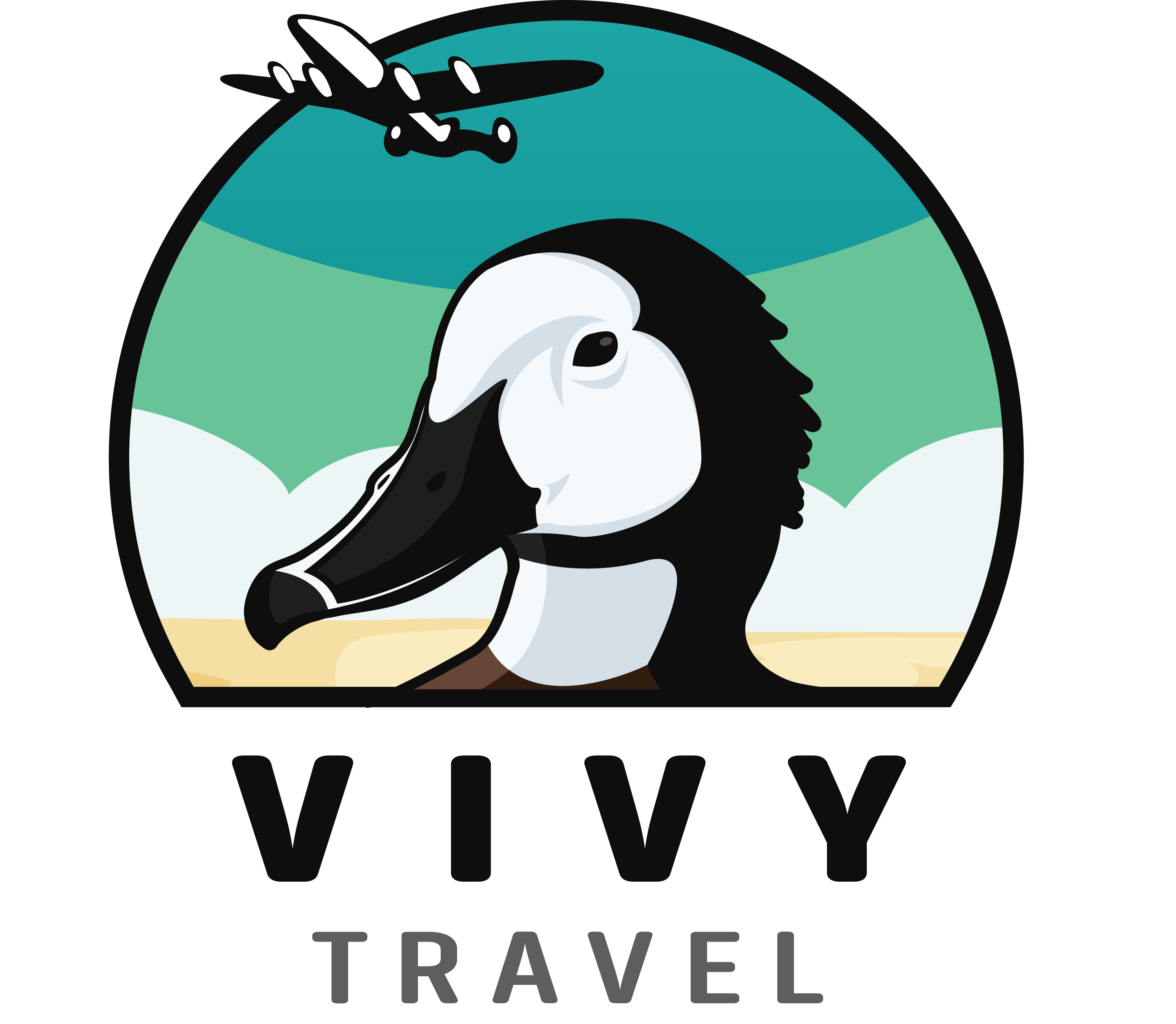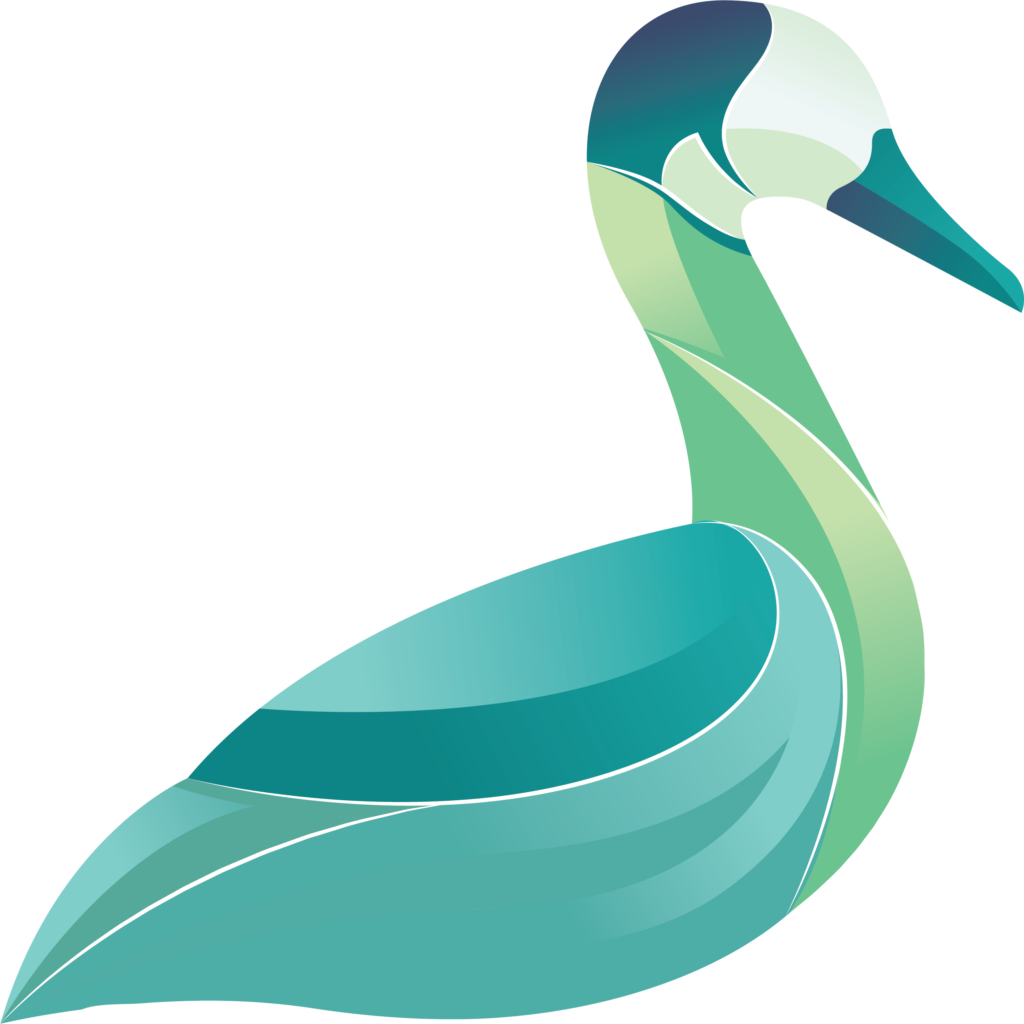Pluralism defines the ethnic richness of Madagascar.
Composed of several ethnic groups, each with its own customs and traditions, Madagascar has eighteen main ethnic groups. Represented in two sub-groups, these ethnic groups constitute the inhabitants of the high plateau and those of the coasts. Through centuries of migration, plurality has been established. Historically, following the Malaysian-Australian-Indonesian migration, the magic of mixing was felt.
Discern the eighteen ethnic groups that make up Madagascar
Numerous ethnic groups build the pluralism of culture and customs in Madagascar. Get to know these ethnic groups.
Who are the highland groups?
Look first at those of the highland group. Represented by the Merina, these people are found in the region of Antananarivo. Their physiognomies reveal their Malayan origin. The history of the Merina is based on the reign of Andrianampoinimerina. Unifying the country, he spreads his power in all the island.
Occupying the southern part of the highlands, the Betsileo have an ardent belief in the powers of the ancestors. Each family sets up a special corner for the ancestors. Very united, they fiercely guard their tradition.
Learn about the rich culture of the Sihanaka. They also settle in the center of the island, in the Sofia region. Listen to the oral tradition that is passed down in the form of accounts. Respectful of their ancestors, they believe that they protect them.
The Bara, another ethnic group in the south central region of Ihosy, are zebu breeders. Practicing astrology and divination, they are semi-nomadic people with a good number of herds.
Get to know the ethnic groups that are on the coast.
The other ethnic group, that of the coasts, constitutes the fourteen others. In a landlocked part of the northwest of the island, the Tsimihety embody the mixture of vazimba (first Malagasy ancestor) and pirate. They are the only ethnic group excluded from the authority of the king, but under the wisdom of Sojabe.
Along the eastern coast of Madagascar, the Betsimisaraka occupy the coast from the north (SAVA) to the south (Manajary). Letchi, fishing, vanilla, coffee and cloves are their main activities. Wooden houses with ravinala roofs intrigue travelers. Another forest people of the southeast, the Tanala come.
The Antandroy are one of the ethnic groups of Madagascar, located in the southern region of the island. The oldest people of Madagascar, they have a very rich culture, with their rituals, their songs and their traditional dances. The Antandroy also have a tradition of woodcarving, especially for statues of fetishes and masks used in rituals. Between Tulear and Morombe, with a very narrow territory, discover the Vezo. Using outrigger canoes, these fishermen use harpoons and nets.
The Sakalava live mainly in the western region of Madagascar. The Antakarana are in the north of Madagascar. Practicing ancestor worship, they are rather Islamic. A group native to the southern region of Madagascar, the Mahafaly, are renowned for their wooden sculptures to commemorate the deceased. The tradition, it emphasizes it so much.
Small groups of ethnicities are considered as sub-ethnicities. Deriving from another ethnic group, they take their place in the Malagasy culture. They are the Antaisaka, Antanosy, Antaifasy, Bazanozano, Antambahoaka, Antaimoro.







